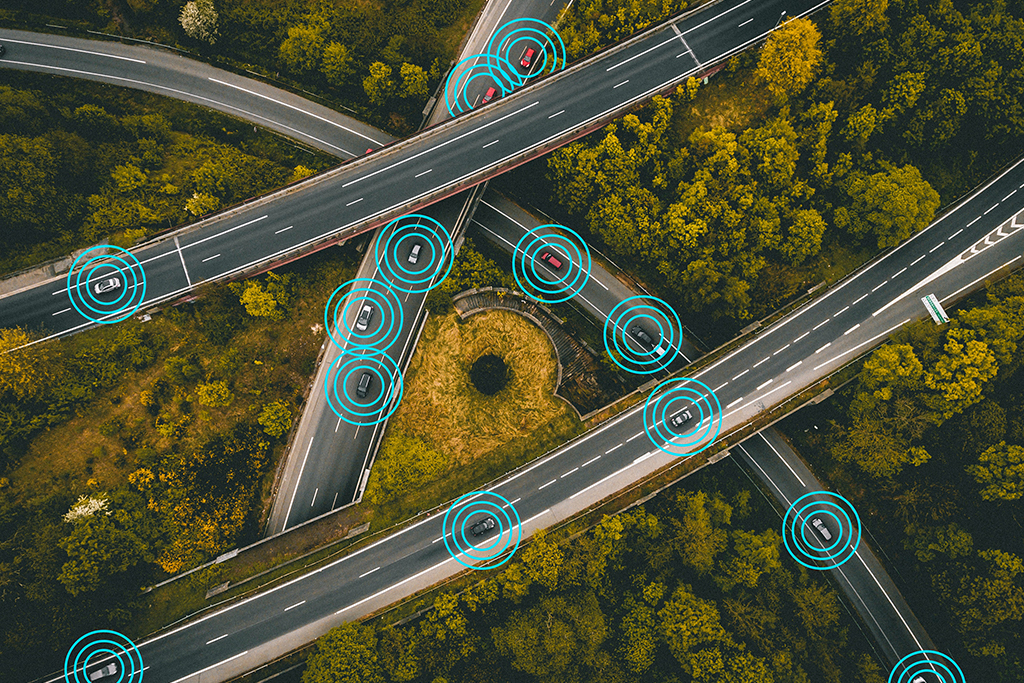Electric, connected and autonomous mobility are key parts of Smart Cities
In order to achieve smart mobility, there are four barrier to overcome from a technological point of view: decarbonisation, connectivity, shared use of transport and automation.

22.06.2021
Last week Dr. Oihana Otaegui, Director of Intelligent Transportation Systems, participated in the Technologic Gipuzkoa Conference explaining the current situation and challenges that smart mobility faces.
Due to high concentration of people in urban areas, regular cities are forced to evolve into Smart Cities, meaning, increasing in efficiency, innovation and sustainability; in social, economic and environmental aspects. Sustainable mobility is one of the fundamental pillars to become a Smart City and a topic rising in importance with every passing day. As the population numbers in cities rises, it is need to address the issue and out solutions forward.
Nowadays private vehicles are the main means of transportation. Resulting in obstruction of movement through the city due to a high volume of cars in the streets, which means productivity is reduced while CO2 emissions and the likelihood of an accident increase.
Another important, yet not usually mentioned aspect, is the current demographic structure and its ease to access transportation. The older the person gets, the less access available. Which is why we face the social challenge of providing older generations with the same possibilities every other citizen has when it comes to mobility.
In order to achieve smart mobility, there are four barrier to overcome from a technological point of view. The first one is decarbonisation that is, increasing the use of alternative fuels in order to reduce CO2 emissions. The second one is connectivity, which means bettering mobility management through the obtainment of data. Third one is the shared use of transport, this consists in offering mobility as a service for all. Lastly, the fourth barrier is automation. Which has the potential of solving many of the issues with mobility management, but it is a challenge in itself. After many years of Research, to get a vehicle to react in the same manner a human would, has still not been achieved.
As explained by Dr. Oihana Otaegui: “One should think of an Internet of Things but of mobility, in which we combine models, elements or vehicles with services and demands in order to fulfil this objective of providing the entire mobility offer of a city.”
Once this issues are solved, cities will be able to provide its citizens with comfortable and accessible mobility, in this way increasing their quality of life and shaping the future of urban mobility.








